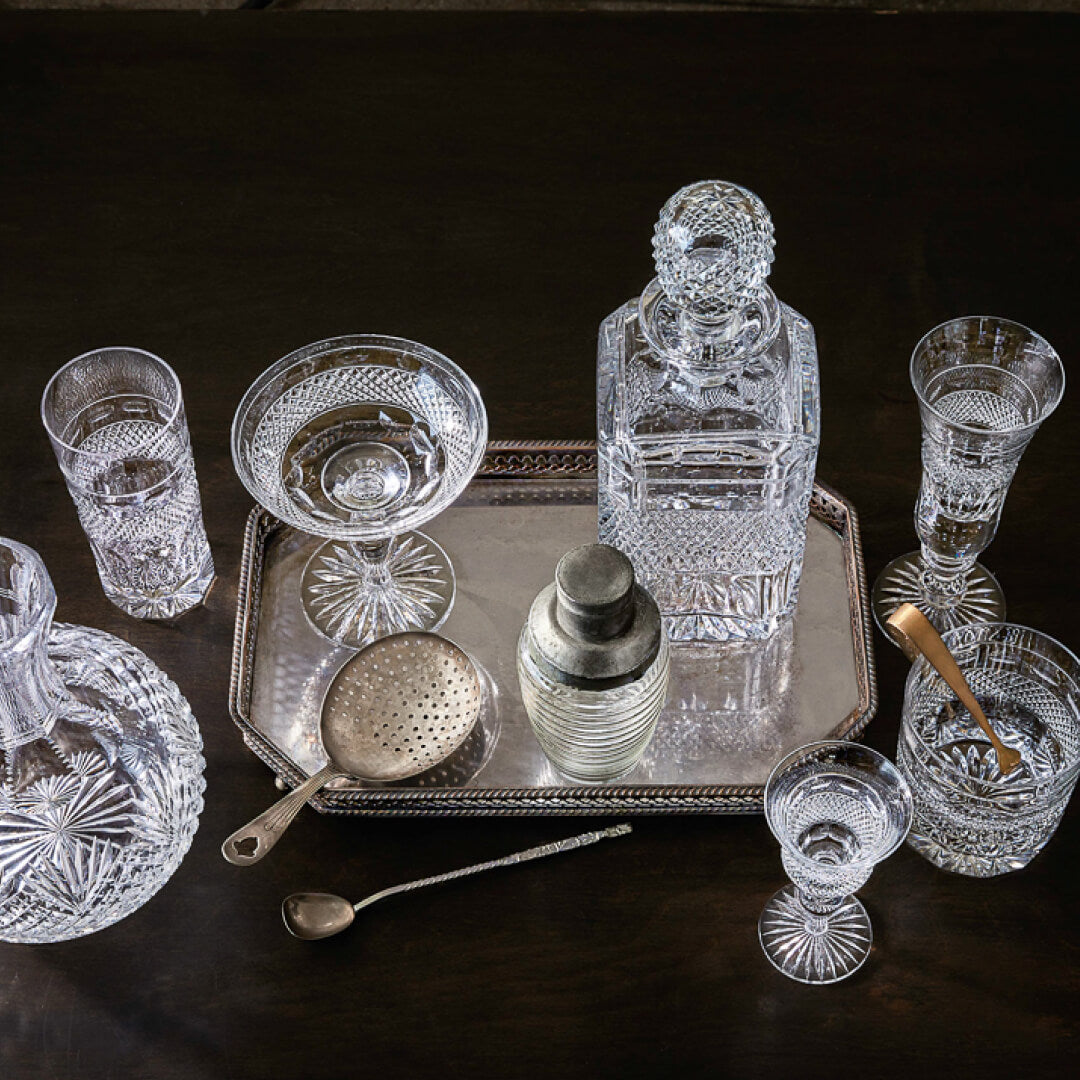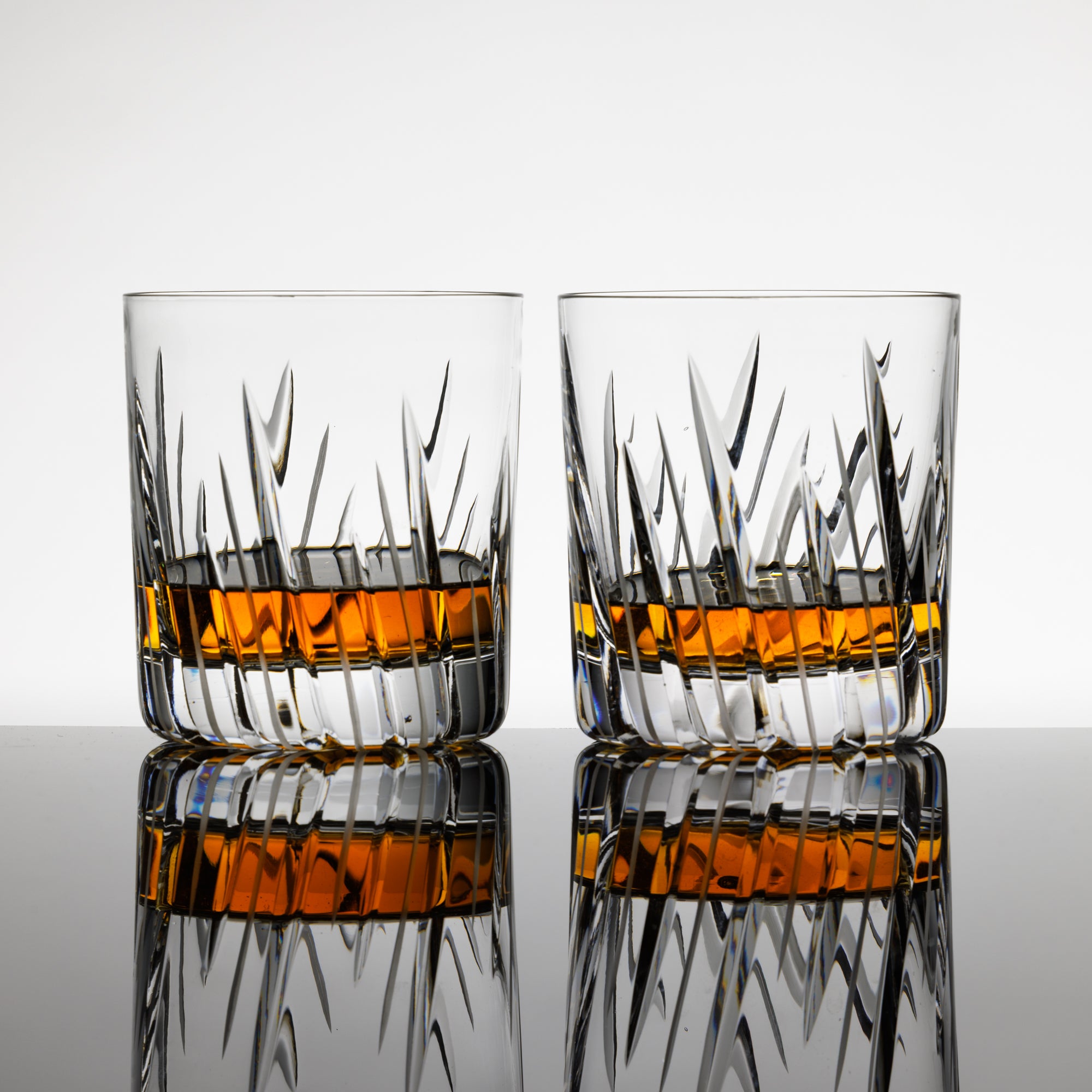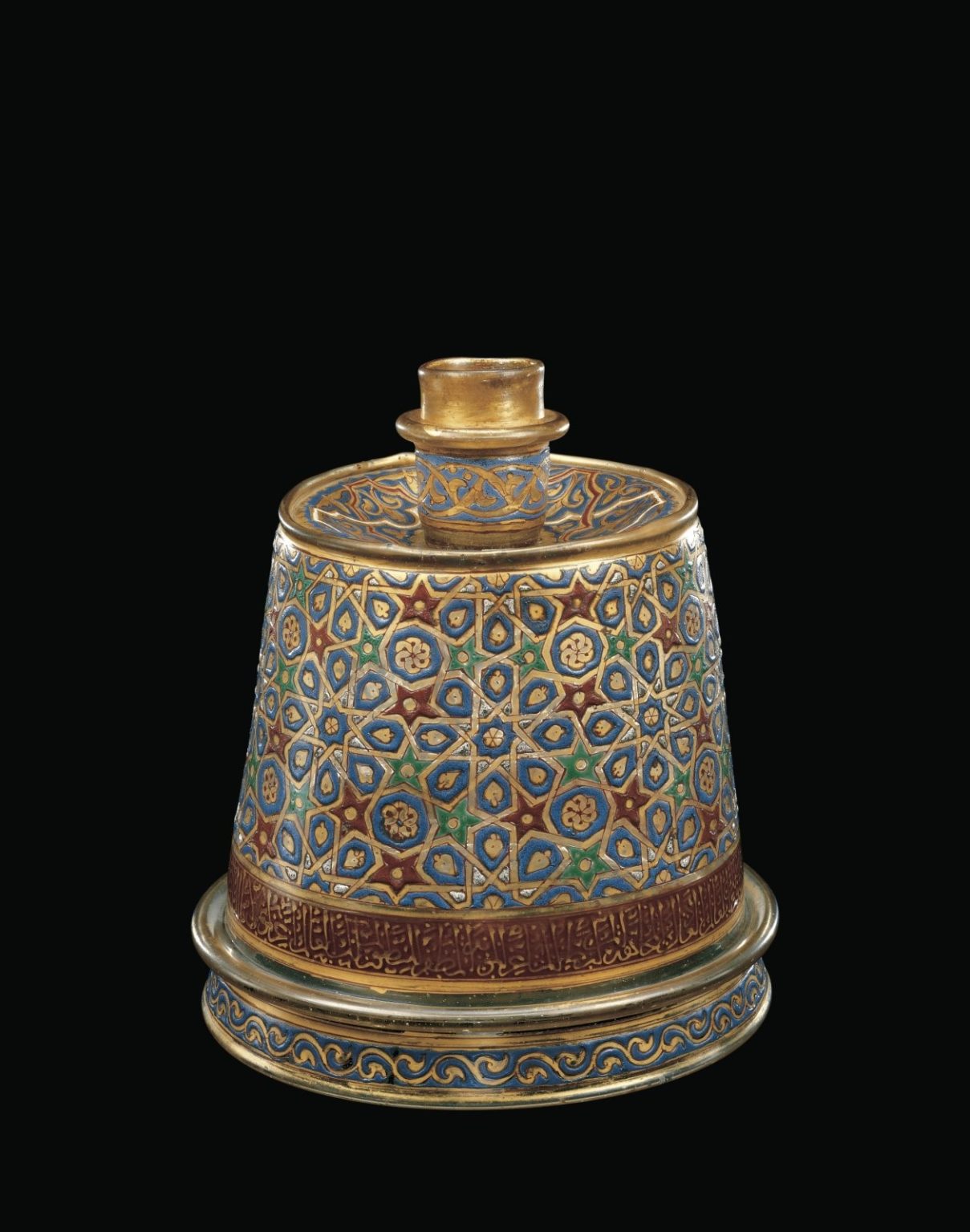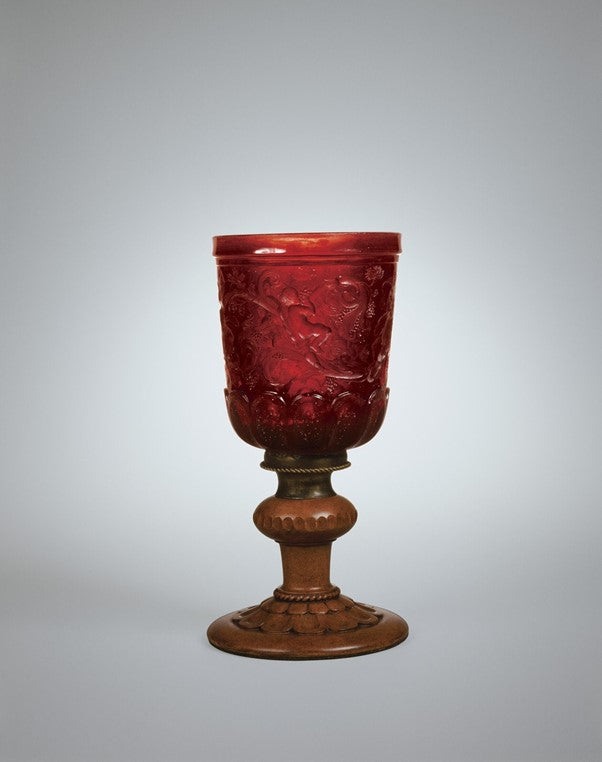
Cumbria Crystal's The History of Glass | Venetian Glass
Venetian glass | Volume 6
By Dr Jessamy Kelly, glass artist and educator
Between the 13th and 15th century, Venice was a key route for world trade, from which it rose to be the prominent and important glass making centre it is today. A distinct style emerged that blended Roman glass techniques with skills learned from the Byzantine empire. Venetian glass experienced a golden age during the Renaissance, creating superior products that became widely copied and imitated throughout Europe.

At this time glassblowers in Venice had to be Venetian citizens and were banned from foreign travel. In the 13th century, Glass production was moved to the island of Murano to ensure the trade secrets were kept safe and to protect the industry from outsiders. It was forbidden to divulge trade secrets. If a glassworker left the city without permission, he would be ordered to return. If he failed, his family would be imprisoned. If he still did not return, an assassin would be sent to kill him. However, the industry was deprived of external influences which meant that the industry eventually stagnated and started to decline.
The Venetian style was widely copied and was known as Façon de Venise (Venetian fashion), a type of glass made in the style of Venetian Glass but not made in Venice itself. Often cheaper than the real thing, these imitations damaged the sale of Venetian glass.
The rise of glass as an artistic medium saw new levels of technical innovation. Early glass often had a colour-cast caused by impurities, such as metallic oxides, in the raw materials. As such clear glass was highly sought after. Venetian glass evolved to be blown very thin, effectively diluting the colour cast, and making it look clear. A major breakthrough came in 1450 when Angelo Barovier developed Cristallo glass. Cristallo is a nearly colourless glass which emulated rock crystal (see figure 1). It was usually combined with opulent decorative techniques such as enamelling and gilding which were painted on top.

Venetian glass
Also of interest, is this fine example of a filigrana wine glass made from a delicate case of white glass canes on a thin layer of cristallo. This wine glass is known as the Rosenborg type, it was made for the Danish king, Frederick IV and were sent to castle Rosenborg (see figure 2).
A true feat of Venetian glass making is this 17th century dragon-stem goblet which has a serpent with wings for its stem. The style has its origin in the Baroque period (see figure3). Glass artist Bill Gudenrath, is one of a few contemporary craftsmen who have perfected this technique; watch an online demonstration of Bill making a dragon-stem goblet at the Corning Museum of Glass, in America.

The Renaissance saw a mania for hardstones such as chalcedony, agate, jade, jasper, bloodstone, prase, topaz and lapis lazuli spread across Europe. Venetian glassmakers began to imitate these materials in their glass creating intricate, coloured effects. This Calcedonio bowl is in the collection of the Corning Museum of Glass and is also known as agate glass. It is an excellent example of this technique which sees a light opaque background mixed with warm and darker tones of coloured oxides creating the streaky agate, or quartz-like, effect (see figure 4).
Highly innovative, the Venetian glassmakers experimented with Roman glass techniques, a range of typical Venetian glassblowing techniques developed from what was known as mosaic glass. Renowned for decorating their glass vessels with brightly coloured cane and fine filigree. Techniques such as millefiori (thousand flowers) were created. Multi-coloured glass rods were bundled together, rather like spaghetti, fused & then stretched to make to make a new rod with the pattern. A similar process to extruding making sweets such as sticks of rock. Slices were then cut off, assembled to make a pattern & fused together to create a sheet of glass which could be rolled up into vessel forms containing a pattern of tiny delicate flowers (see figure 5). These techniques survive today and are widely practiced in the studio glass community.
Next month we will look at the development of crystal from 17th and 18th century, with early examples from Germany and Bohemia and the development of lead crystal by George Ravenscroft in London, in 1674.
By Dr Jessamy Kelly
Jessamy Kelly is a glass artist and educator based in Edinburgh, she has worked as a freelance glass designer for Cumbria Crystal since 2016.
Do you have any questions or feedback? We would very much like you to share by emailing verity@cumbriacrystal.com










